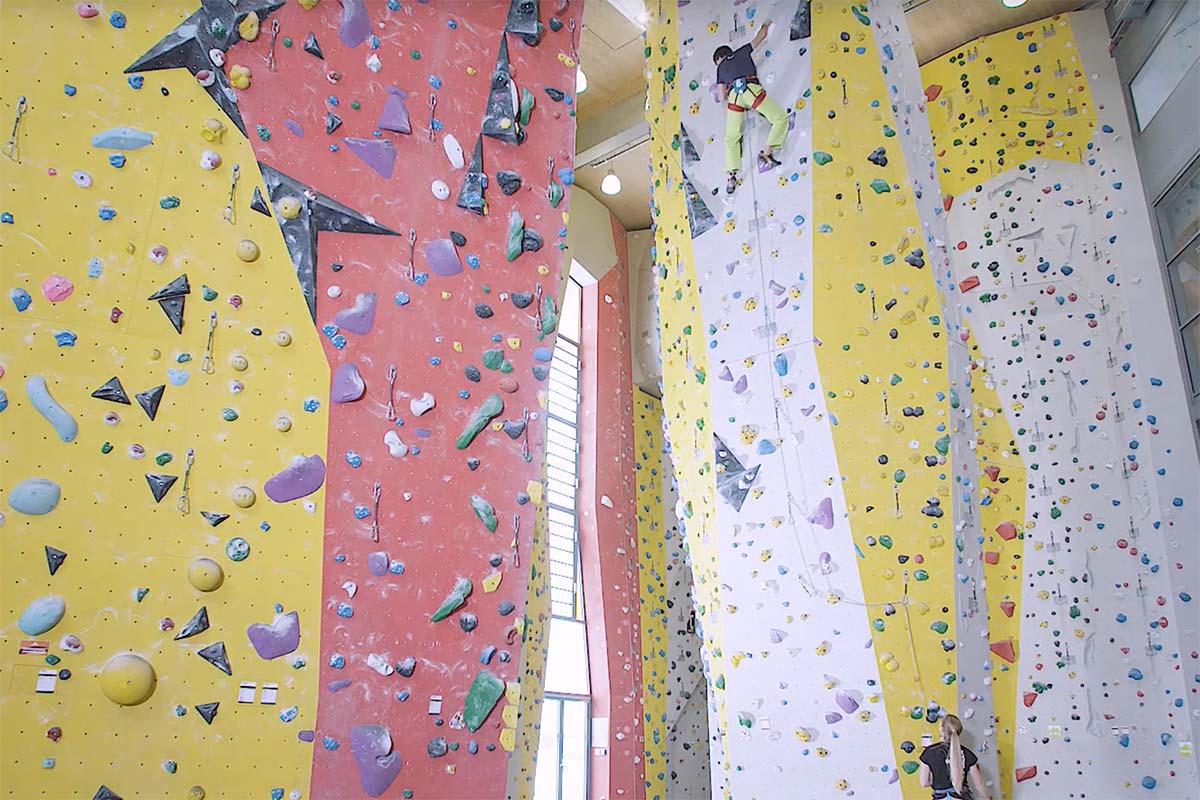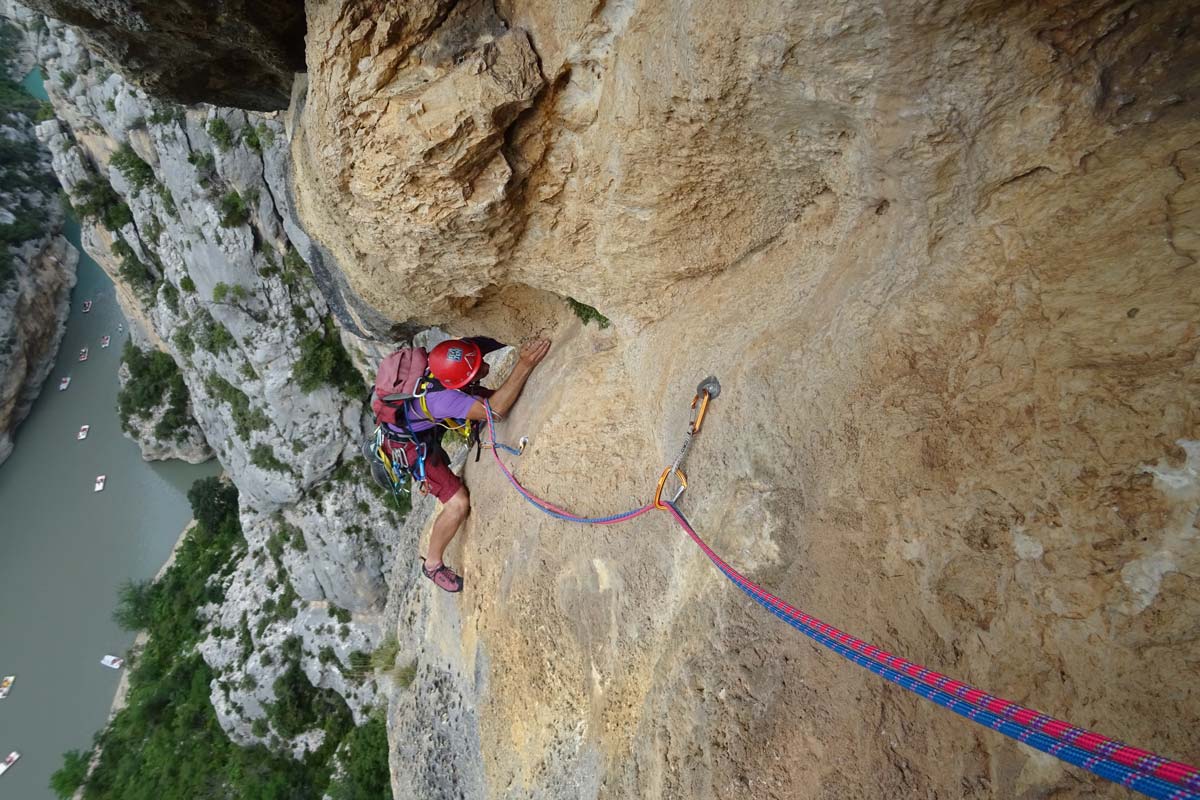The UIAA is sharing the following communication from C3 Manufacturing, published on 21 October:
C3 Manufacturing, maker of Perfect Descent Auto Belays today announced a voluntary recall associated with the retraction springs in certain Model 220 Perfect Descent Auto Belays. Only units identified in the Official Notice require action and no other products have been affected. While no accidents have been reported, it is believed that a material defect in certain springs make them more likely to partially or completely fracture. Complete fracture of the retraction spring will cause the lanyard to stop retracting and, in some cases, may allow the lanyard to pay out thereby introducing additional slack in the system.
An immediate stop use has been issued for affected units and upon return and inspection, the manufacturer will complete a warranty upgrade to the Duplex Spring Design now standard in all Perfect Descent Auto Belays. This twin spring system is comprised of two independent retraction springs that create redundancy within the retraction mechanism. The daily inspection procedure provides a simple method to confirm proper dual spring operation.
While rare, fractures of the retraction spring most often occur when a unit has been stored with the lanyard extended overnight and for long periods of time. This practice keeps the spring in a tensioned state that may reduce its lifespan. Auto belay users are always encouraged to store auto belays with the lanyard retracted and to complete the inspections as outlined in the Operations Manual.
If you believe you may have an auto belay that is part of this recall, please review the Official
Stop Use Notice found at https://www.perfectdescent.com/product-notices and follow the instructions for inspection and warranty upgrades. (See here).
Got questions? Email: support@perfectdescent.com
UIAA Recalls Database



